The case against art fairs
6 min read
They’re expensive, exhausting and ecologically harmful. So why do we still indulge in the art fair travelling circus?
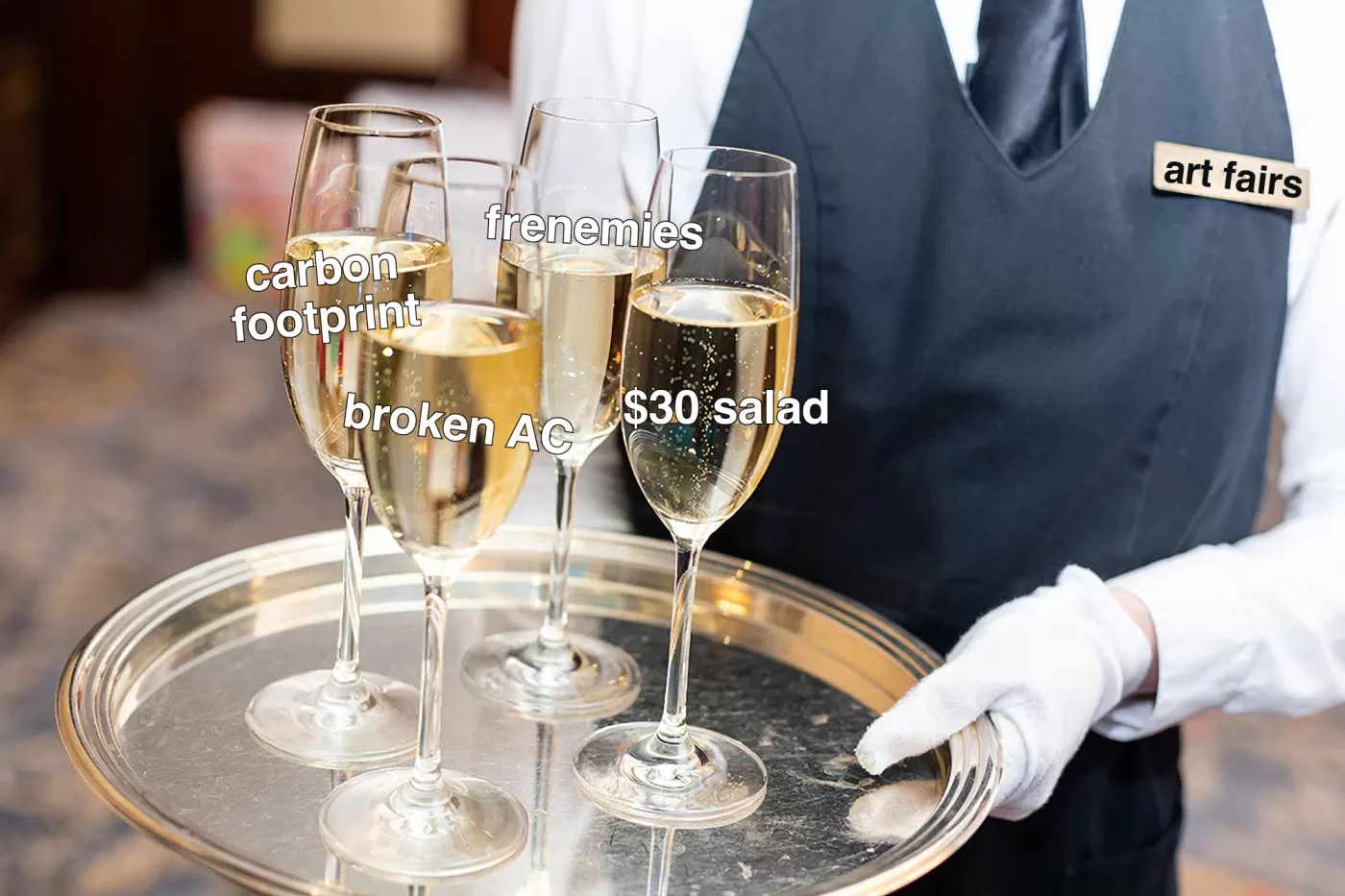
This September, sometime between the CPHI pharmaceuticals expo and a jewellery show called ‘THE MOST Valuables’, the COEX Convention & Exhibition Center in Seoul will host the city’s third Frieze art fair. Days before, a stampede of dealers and their underlings will travel from around the world to build a city of MDF booths and fill them with museum-quality contemporary art. They’ll spend four days presiding over a throng of dehydrated, overstimulated visitors as the room’s temperature reaches unbearable heights and the wet smell of warm prepackaged $30 salads fills the air.
From Miami to Basel, London to Marseille, Athens to Marrakesh; no city is safe from the whirlwind of absurdity that a fair brings. From VIP opening days, where Loro Piana-clad museum donors mingle with an unpredictable assortment of celebrities, to Sunday afternoons, where gallery directors’ assistants (or their assistants’ assistants) are left to hold the fort as the cohort of fee-paying art enthusiasts do the rounds, art fairs are exceedingly strange places.
I suspect that, like Elf Bars or subprime mortgages, they appeared so quickly and so ubiquitously that nobody had the chance to ask a simple and obvious question: what’s the point?
After years of crossing continents to traipse through muggy halls looking at the world’s best artists’ third-best works, I am ready to ask that question.
View this post on Instagram
Firstly, what’s in it for the dealers and gallerists? For their part, fairs mean spending thousands of pounds and air miles to get themselves, their staff and a booth’s worth of artwork to a new city. They abandon their well-appointed galleries, thoughtful exhibition programmes and weekend dreams for five days of early mornings, late nights and small talk with billionaires. You’ll notice that gallerists tend to wear trainers — the chicer ones opt for Wales Bonner X Adidas Sambas, whilst many prefer to rock abominations from On Running or HOKA. They’re a natural footwear choice for a working weekend spent dashing between the fair and its attendant parties, exhibition openings and client meetings with barely time for a granola bar in between. Why all of this running around — especially given that major galleries’ booths are often sold out by day one? It’s high on a long list of art-world practices carried out simply because everyone else does them.
For wet-behind-the-ears gallery assistants, fairs are an exciting adventure with free champagne – the heady years before the novelty of a free drink wears off. For the old guard of dealers, wizened by decades of far-flung dealmaking, it’s life. But there must be a generation of Millennial and Gen Z gallerists, more environmentally conscious and keen to strike a decent work-life balance, who groan at the thought of this reality, repeated any number of times each year. This growing group might give me a little hope that fairs could be rethought in the next 20 years — though we have already seen how the art world seems to have a chronic shortage of critical minds.
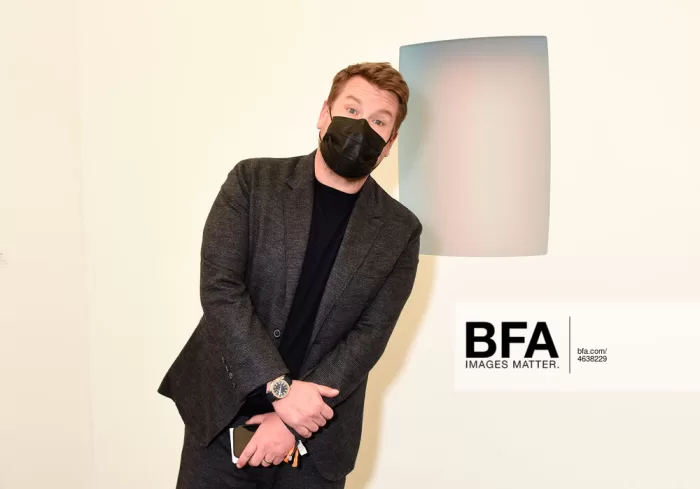
James Corden at Frieze Los Angeles 2022 VIP Breakfast. Photo: Owen Kolasinski/BFA.com. © BFA 2024
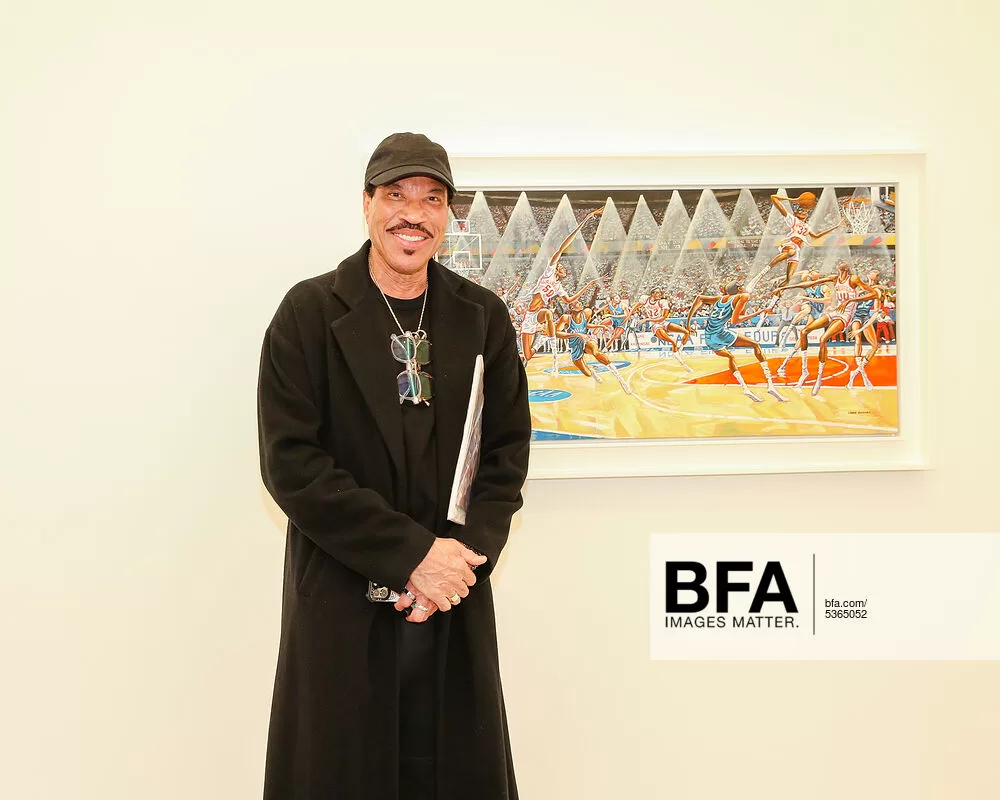
Lionel Richie at Frieze Los Angeles 2023 Opening Day. Photo: Jojo Korsh/BFA.com. © BFA 2024
Maybe all this toil would be justified if it was in service of an unforgettable visitor experience. But for the punters, an art fair is a disjointed storm of impressions; hundreds of booths, each independently vying for the attention of perpetually-sunglassed collectors, there’s a lot of noise and zero cohesion. If you know what you’re looking for — as a shopper or enthusiast — and make a beeline for it, you might just manage to avoid fairtigue and have an experience just as good as, say, visiting a normal art gallery. But taken as a chaotic whole, most art fairs are simultaneously far too much and nothing at all. That is, of course, if you’re interested in the art. If you’re a glamorous socialite/influencer ’philanthropist’ attending with the simple goal of being seen yourself, this art-talk is irrelevant. In fact for this type of character, usually in attendance on VIP preview day (for unknown reasons), swilling champagne in a loud-luxury outfit, the point in art fairs is clear and simple. It seems like to be seen and snapped, given a watermarked shot for their next photo dump, is enough for them.
A veteran art market columnist once told me that, if you struggle to make sense of something in the art world, you should look at the people who are funding it. They’re the reason it’s happening and — directly or indirectly — those controlling how it happens. Here, it’s the collectors.
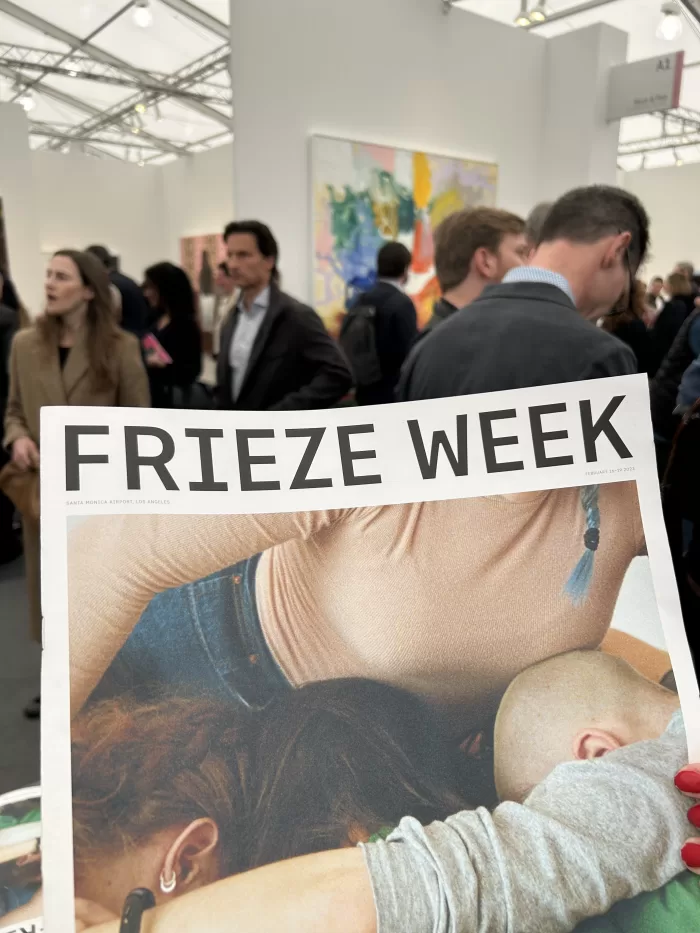
Frieze Los Angeles 2023
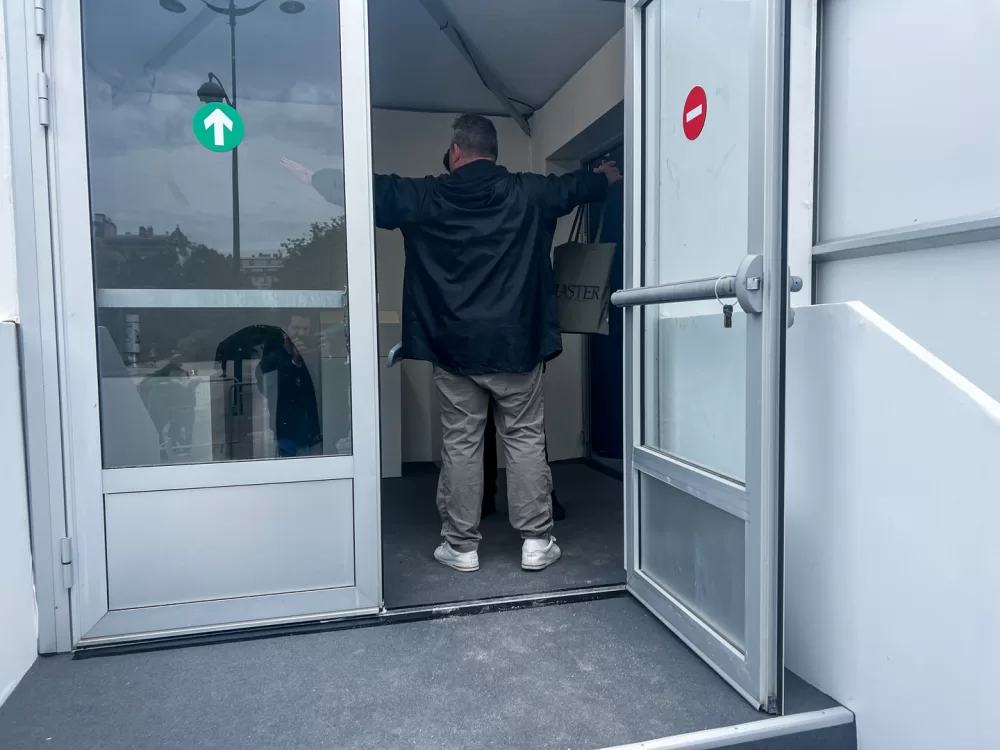
Urs Fischer getting searched at Art Basel Paris 2023
For the collectors, being seen is important, but there’s also serious business to be done. The institutional donors and board members among them have the power to get an artwork onto the wall of a museum, justifying its sojourn to a cursed tent or convention centre. Sadly, most of them have less lofty ambitions. In my experience, the majority of collectors are wealthy and chronically bored, looking for a sense of purpose. Art fair weekends, with their parties, free-flowing champagne and Getty Images photographers, give them exactly that. “I must be in Basel this June to see Alison’s booth, and then there’s the new fair in Ibiza that I promised I wouldn’t miss the opening of,” etc. They’re like the hippies who follow the Grateful Dead on tour, but with fewer Birkenstocks and more Birkin bags.
So despite all the expense, effort and air miles to set up a mobile home version of a gallery in a noisy tent, art fairs will continue to exist to give collectors, those with the real financial power, a reason to mark their calendars – somewhere they will feel wanted. And, in return, they might just buy something.
View this post on Instagram